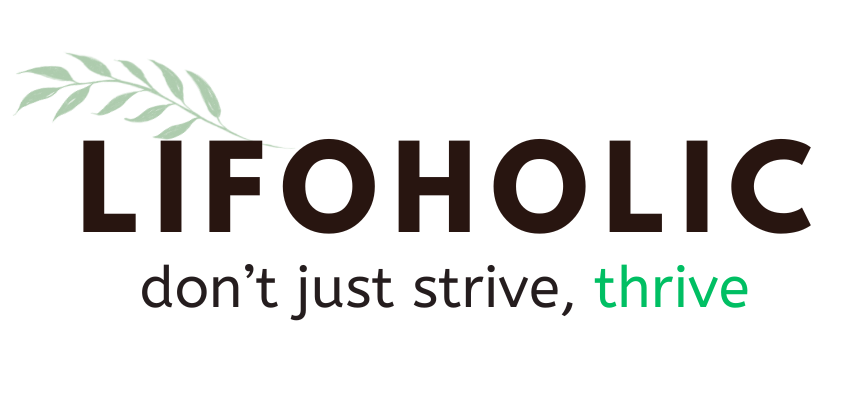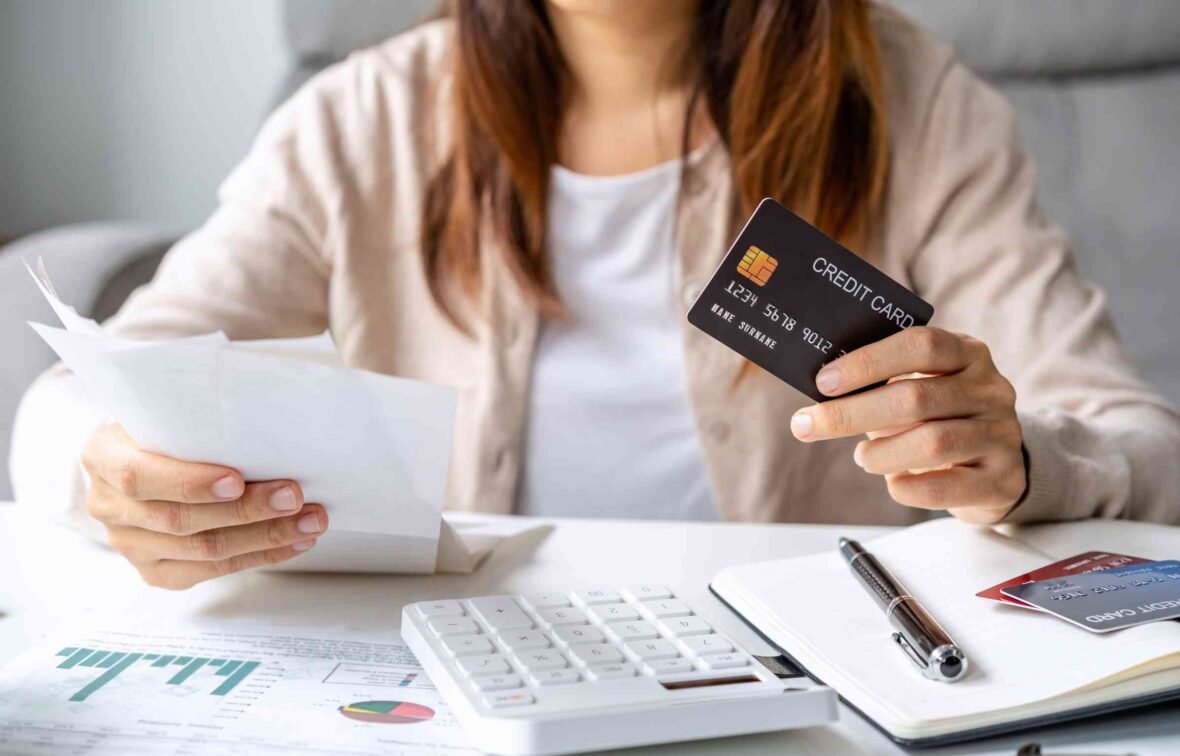Each month, a credit card bill arrives, and alongside the total balance is another figure, more petite, tempting, and even comforting. It is labelled the “minimum due.” It is a calculation designed to keep you from defaulting, not from drowning. The minimum due in credit card bills typically amounts to 2 to 5% of your outstanding balance. It allows you to stay in good standing with your bank.
What it does not do is help you escape the cycle of debt. A balance of $3,000 with an 18% annual interest rate, if paid only through minimums, could take over 12 years to clear, with the borrower paying more than $6,000 in total.
The system is designed for compliance, not freedom. For many, paying the minimum is a trap set in fine print.
Why Do So Many People Keep Paying the Minimum Due in Credit Card Bills?
The appeal of the minimum due is deeply psychological. It creates a sense of control when financial pressure limits your choices. However, this illusion of stability conceals a more corrosive reality, including compounding interest, mounting debt, and financial inertia.
Behavioral economists describe this as “anchoring bias.” By presenting a small, manageable number as the first visible option, card issuers influence the cardholder’s decision-making process.
Researchers at the University of Warwick found that removing the minimum due from statements led customers to pay nearly 80% more voluntarily. The number was a cue, not a ceiling.
Maggie, a hospitality worker in Albany, explains, “I saw the minimum as what I was supposed to pay. I didn’t realize it would take me a decade to pay off a television and a couch.”

What Happens If You Only Pay the Minimum Due Every Month?
The financial implications of minimum payments are staggering. Every unpaid cent carries forward, accruing interest. Over time, a snowflake becomes an avalanche.
Assume a balance of $4,000 with a 20% interest rate. Paying only the $120 minimum each month means over 11 years of repayments and more than $5,500 in interest. It is a reality for millions.
As the balance lingers, its burden grows. It quietly reduces what is yours to access, limits your freedom to act, and unsettles your affairs. In time, it affects more than your wallet. It places distance between you and the life you seek, be it a home, a car, or a fair loan.
How Can You Break Free from the Minimum Payment Trap?
Freedom begins with awareness. Many people do not realize that making just a slightly higher payment can dramatically change their debt horizon.
The first step is to stop thinking in terms of what is “required” and start focusing on what is “strategic.”
Two common repayment strategies are –
- The Avalanche Method – Prioritize cards with the highest interest rates.
- The Snowball Method – Pay off the smallest balances first to build momentum.
Both work. Choose the one that fits your psychology, but never opt for the minimum by default.
Maria, an online entrepreneur in the Philippines, found freedom through the avalanche method. “I created a spreadsheet, targeted the worst interest rate first, and within 14 months, I was clear.”
Why the Minimum Due in Credit Card Is the Most Expensive Option You Can Pick
Paying only the minimum may keep collectors at bay, but it also makes the bank richer and you poorer. It is not an accident.
The global credit card industry generates billions of dollars annually through interest charges. Banks rely on the predictable income of minimum payers. The smaller your monthly effort, the longer you remain a revenue stream.
Consider the impact –
A €2,500 balance at 19% annual interest, paid at €75 per month, will take over six years to repay, costing nearly €3,000 in interest. Double that payment to €150/month, and the term drops to just under two years, with less than €500 in interest paid.
It is reclaiming your time and money from a system designed to profit from your delay.
What Are the Best Ways to Use a Credit Card Wisely?
When guided by restraint, a credit card becomes more than a tool. It becomes a test of character. It offers ease, protection, and, at times, small rewards, but only to those who hold firm to discipline. Without that, its promise turns quietly into a burden.
Follow these rules –
- Always pay your full balance whenever possible.
- Avoid using over 30% of your credit limit.
- Set auto-payments above the minimum amount.
- Track your usage weekly, not monthly.
Credit cards should work for you, not against you. Treat them as transactional tools, not as emergency cash or lifestyle enhancers.
Nguyen, a civil engineer in Hanoi, never exceeds 10% of his credit limit. “I view it as a convenience card, not a loan,” he says. “That simple shift saved me from years of debt.”
What Tools Can Help You Escape the Minimum Trap Faster?
Technology offers a quiet kind of guidance. It provides tools that help measure debt, remind us to take action and guide us with patience toward freedom. In a world of noise, they speak with clarity to those willing to listen.
Some notable ones –
- Undebt.it (Global) – Helps visualize repayment timelines using avalanche and snowball strategies.
- Toshl Finance – Budget tracking with debt management tools.
- You Need A Budget (YNAB) – Focuses on real-time spending awareness and debt reduction.
- CRED (select markets) – Rewards timely payments with benefits.
- Credit Karma – Tracks utilization and provides repayment simulators.
Even your card provider may offer free tools to help you pay more than the minimum due in credit card statements. Use them. Visibility kills excuses.
What Are Balance Transfers, and Are They Worth It?
Balance transfers offer a lifeline if used wisely. Some banks provide zero-interest introductory periods for moving debt from one card to another. This window can be critical.
Let’s say you have $4,000 in debt at an interest rate of 21%. If a card offers 0% interest for 12 months with a 3% transfer fee, and you pay $350 per month, you can clear the balance without incurring any interest.
Yet such grace demands discipline. If you continue to borrow or fail to repay within that time, the weight of the minimum due in credit card returns heavier than before. The path is clear, but only to those who walk it with purpose.
Otherwise, the rate resets and often spikes.
Elena, a small business owner in Cape Town, used a balance transfer card and paid off her debt in 10 months. “I treated it like a once-in-a-lifetime opportunity,” she says. “And I never used that card again.”
What Can You Do If You Are Already Deep in Credit Card Debt?
Debt can shape your daily decisions, but it never defines your future. The key is action. Every delay adds more interest, while every step forward brings clarity and control.
The cycle of paying only the minimum due often feels endless, yet many have managed to break free.
For those buried, there is still a path up.
- Contact your lender to request a rate reduction or a hardship plan.
- Explore debt consolidation loans with lower fixed interest rates.
- Use a personal budget tool to identify areas where you can cut back and reallocate funds toward paying off debt.
- Consider hiring a financial coach or nonprofit counsellor for expert guidance.
Do not be ashamed to seek help. If the minimum due in credit card bills has kept you stuck, remember that support exists. Banks may offer restructuring, and governments or NGOs may provide debt advisory programs. What matters is movement.
Marta, a chef in Lisbon, reduced her interest rate from 26% to 12% with a single phone call. “They said yes right away. I should have asked years earlier.”
Why You Should Never Trust the Minimum Due in Credit Card Statements Again
Once you understand how the minimum due functions, you stop seeing it as helpful. You start seeing it for what it is – a lever designed to keep you spinning the wheel of interest indefinitely.
Financial freedom starts with truth. And the truth is this: Paying the minimum due on a credit card is the most expensive way to stay poor.
From Bangkok to Berlin, Lima to Lagos, the story is the same. Millions are waking up to the cost of convenience and choosing control instead.
Taking Back Full Control from the Credit Card System
Credit cards are not villains. But the system allows you to “pay later” profits when you choose “as little as possible now.” The minimum due in credit card payments is a profit engine.
To use credit cards wisely –
- Pay more than the minimum. Always.
- Track your balances weekly.
- Plan debt repayment like you plan to rent or buy food.
- Use apps to visualize progress and build momentum.
- Question the design of statements. They are not designed for your financial growth.
The fastest way to end the cycle is to stop participating in it. One extra payment a month may be all it takes to start living free.





